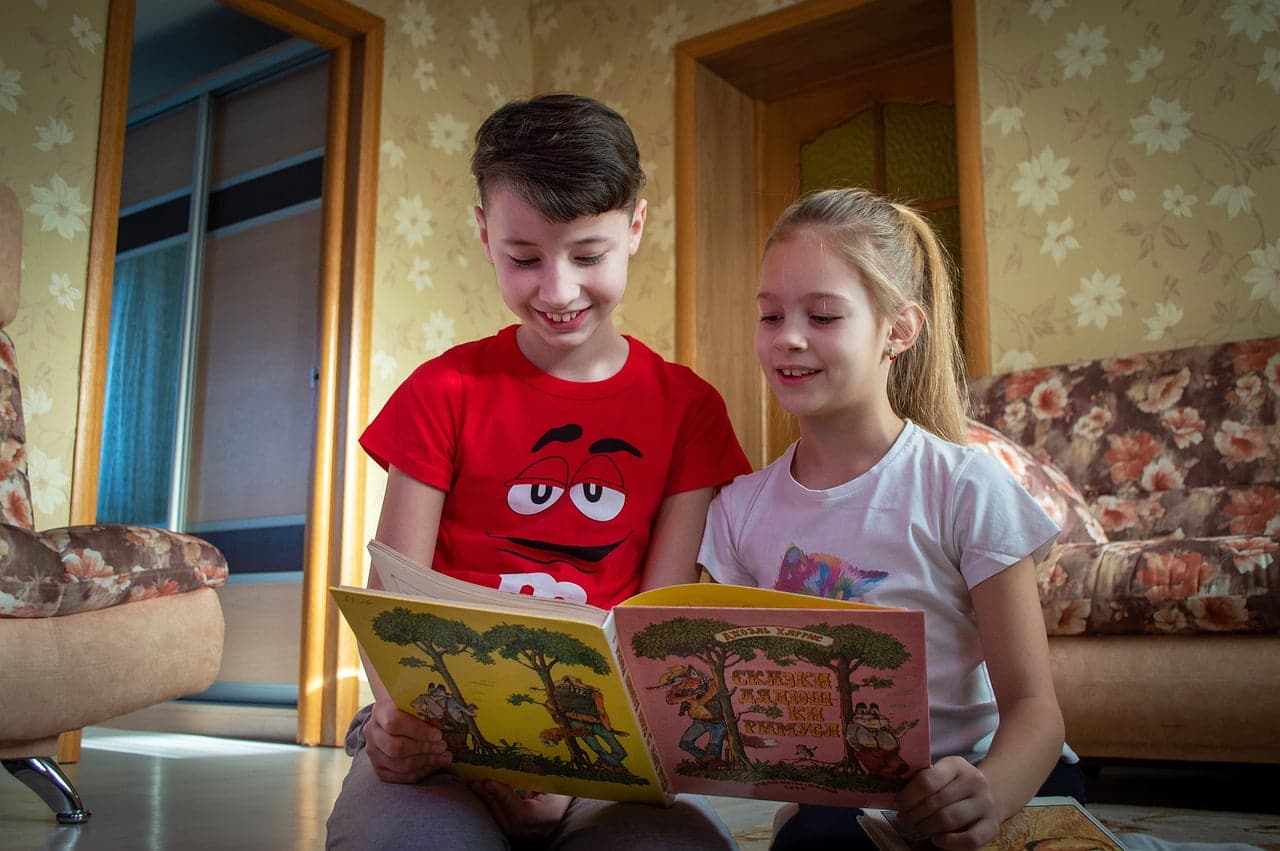Reading and books can open up new worlds for children. Exposing kids to the magic of stories, information, and imagination through reading is one of the most important things parents and foster carers can do. Though formal reading instruction doesn’t usually start until ages 5-7, you can instil a love of reading long before. This article offers tips for parents and foster carers on how to get kids excited about books and reading from a very young age.
Introduce Books Early
It’s never too early to start reading to a child! Infants as young as 6 weeks old can look at pictures and black-and-white shapes. Babies start to develop colour vision around 3-4 months. Simple board books with bright colours and distinct patterns are great for babies at this stage. As early as 6 months, babies will grab at books and start mouthing them. Let them explore books with their senses. Sturdy cardboard or cloth books work well for little hands.
Make Reading Interactive
Toddlers have short attention spans but are curious about the world. Engage them by asking questions as you read, pointing out things on the page, doing sound effects, using silly voices, and encouraging them to join in. Let them hold the book and turn pages. Make reading energetic and fun! Finger puppet books allow kids to act out stories. Lift-the-flap and touch-and-feel books add tactile elements.
Read the Same Book Over and Over
Don’t be afraid of repetition. Young kids love hearing the same stories again and again. Rereading helps them learn story structure and absorb vocabulary. Familiar stories are also comforting. Try doing different voices each time you read a book to keep it interesting. Your child will happily chime in on their favourite parts. With repeated exposure, books become beloved friends.
Make Books Easily Accessible
Keep books within easy reach of kids starting at a very young age. Board books stand up well to wear and tear, drool, and throwing. Secure bookshelves or baskets low to the ground in areas where kids play. Have a collection of books near where they sleep. Rotate selections to keep things novel. Kids are more likely to look through books if they’re readily available.
Read Together as Part of a Routine
Set aside quiet one-on-one time for reading together each day, even starting as a newborn. This special bonding routine helps kids associate books with comfort. Reading before naps and bedtime helps create a transition to rest—this is a good tip if you are currently fostering in Southampton and trying to create a routine. Maintain the habit as kids grow. Having it become part of their schedule will make reading a natural part of life.
Talk About Books
Have regular conversations about the stories you read together. What did they like best? Ask them about their favourite pictures and characters. Were there any words they didn’t know? Kids will gain comprehension skills from discussing plots and vocabulary. As they get older, ask them to predict what will happen next. Book talks reinforce that reading is an exchange of ideas, not just words on pages.
Make Connections
Help kids relate the books you read to their own lives. Note if they have a toy like one in the story. Point out an experience they had similar to the characters. See if foods mentioned are ones they like too. Kids get more engaged when they can make personal connections. Talk about their own stories as well. Tell them tales from your childhood or their early days.
Build a lifelong love of reading by introducing books to kids early. Keep it playful, interactive, and consistent. With patience and creativity, parents and foster carers can instil a passion for books even before formal reading instruction begins. The magical world of literature can then grow with them.




